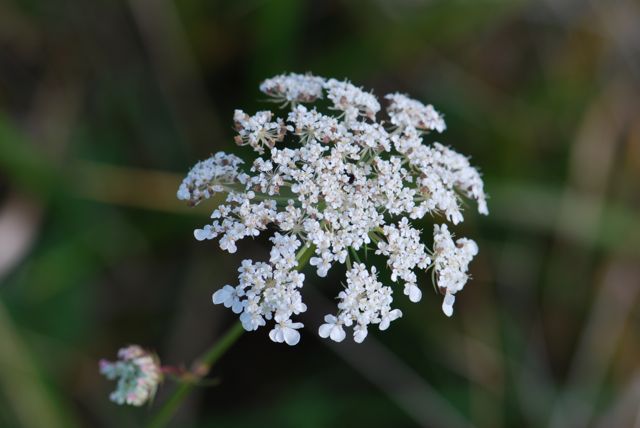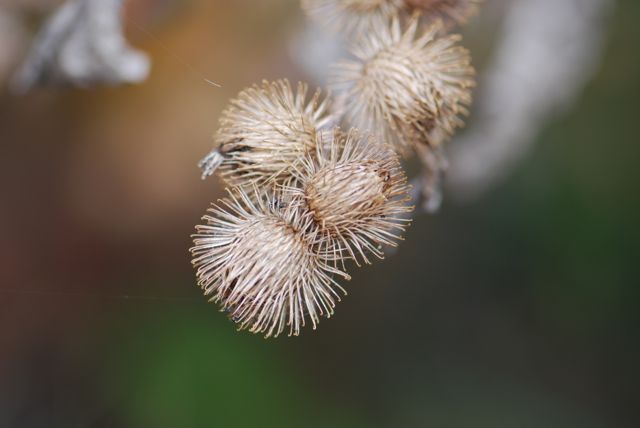In our increasingly sterile and antibiotic-filled world, it is easy to forget the importance of microorganisms and the process of decomposition to soil quality. The picture book Rotten Pumpkin: A Rotten Tale in 15 Voices by David M. Schwartz and with photographs by Dwight Kuhn takes you down and dirty with close-ups of molds, slime molds and yeasts, as well as other organisms, to show how nutrients get recycled and organic matter added to the soil.
I’ll let you know right up front that this book is not for the highly squeamish. If the thought of fly vomit makes you quiver, then you might not find the book as delightful as I did. Photographer Kuhn spares nothing as he follows the decomposition meltdown of a carved Halloween pumpkin. Remember that kids, however, might enjoy all that goo and ooze. Plus, the team of David M. Schwartz and Dwight Kuhn have worked on a number of projects together and their expertise shows.
I found this short time-lapse video that will give you an inkling of what to expect:
David Schwartz tells the story of 15 decomposing organisms from the first person point of view, bringing the reader right in. I don’t think it will be too much of a “spoiler” to let you know the cycle ends on an upbeat note with a pumpkin seed sprouting in the resulting compost.
Rotten Pumpkin will be highlighted at Halloween because of the pumpkin, but it deserves a place on the shelf all year around because of the universal processes it explores.
Related activities:
Experiencing compost and the process of decomposition first hand can be a life-changing lesson for children. Don’t be afraid to get dirty!
1. The suggestions for classroom investigations using pumpkins in the back of the book are excellent ones, for example looking at how temperature changes the decomposition process.
(Photograph of compost bin in public domain at Wikipedia)
2. Composting
My sister and I consider ourselves lucky because our mother was composting back in the 1960s when we were growing up. Our mother was way ahead of her time, but we got to learn how it worked at an early age.
As we moved around the country we realized composting is one of those processes that varies a bit from place to place and situation to situation. Therefore, I recommend that before you launch a big project that you find a local class or the advice of a local gardening expert if you can. The Internet is also filled with basic information, such as website and videos. Here are just a few examples:
Michigan Kids has kid-friendly instructions about composting to get you started.
The Texas Agricultural Extension Service has a Composting for Kids slide show.
Hamilton County Recycles has a fun, upbeat video on how to get started with backyard composting:
Once you have compost going, Cornell University has a bunch of information and excellent experiment ideas at The Science and Engineering of Composting.
3. Composting with earthworms
If you don’t have room for a full-fledged compost bin, you might want to investigate a worm bin. Our family’s worm composting adventure was definitely a memorable and worthwhile experience. We also shared our worm bin with students in my son’s classes. See the Weekend Science Fun: Earthworms for more details (worm composting is towards the bottom of the post) and an instruction video.
Have doubts? Think composting might be smelly or icky? Yes, it might be those things on occasion, but experimenting with compost also will yield a much deeper understanding of our world.
Age Range: 4 – 12 years
Grade Level: Preschool – 7
Hardcover: 32 pages
Publisher: Creston Books (July 23, 2013)
Language: English
ISBN-10: 1939547032
ISBN-13: 978-1939547033
Thank you for visiting us during Children’s Garden Week. If you have children’s gardening resources you would like to include, please feel free to leave a comment.
Disclosures: This book was provided for review by Creston Books. Also, I am an affiliate for Amazon, and if you click through the linked titles or ads and make a purchase, I will receive a small commission at no extra charge to you. Proceeds will be used to maintain this self-hosted blog.















